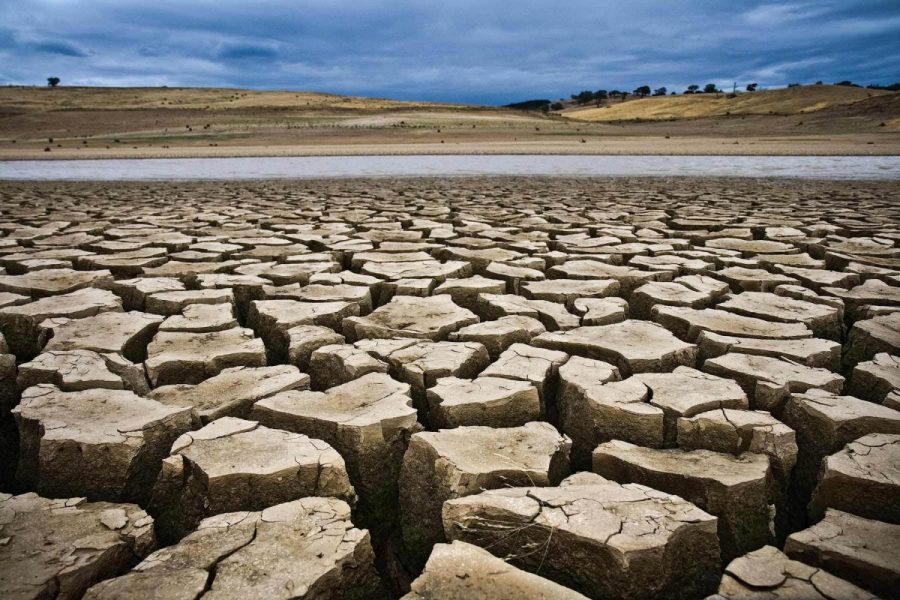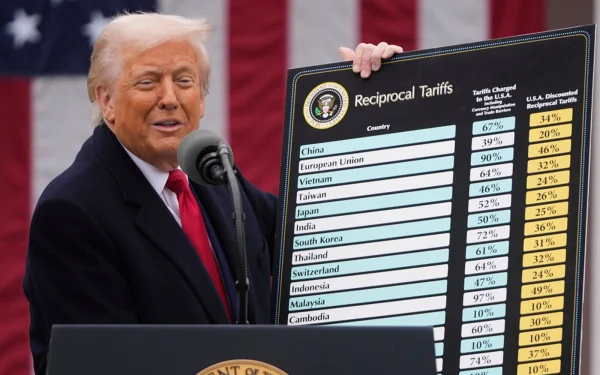Current Climate Change Taking The Heat
Courtesy of California Political Review. The drought has negatively impacted the environment in many ways.
To recent date, major news outlets have been flooded with stories of Hurricane Harvey. According to scientists, the real phenomenon that impacted these storms is attributed to the latest American drought, which have led many state leaders into a frenzy for solutions to our water crisis.
The drought has been known to unexpectedly turn up in our weather cycle, a gradual result of several seasons of sub-average rainfall. This is reflected by our recent drought which was influenced by prior years of very little rainfall. Wilcox staff member Mr. Sanders explains that fossil fuels ejected into the atmosphere leads to a warmer climate. The ground that is becoming warmer retains very little moisture to supply our continuous water needs.
According to the National Drought Mitigation Center, the drought impacted a variety of issues, the most prevalent of which included economic, environmental, and social backgrounds. Capable of killing crops, drought has a significant cost on farmers and farm-dependent businesses. In fact, the recent drought cost over $600 million, according to CNBC. Additionally, money spent on irrigation and drilling wells can cause businesses to go bankrupt, especially if power companies rely on hydroelectric power (power generated from running water) when resources are dwindling. With a declining economy, many have turned to conservation to save money.
Predictably, the drought has a monumental impact on the environment. Water stored in reservoirs is generally divvied up between ecosystems, cities, and farmers. Strangely enough, cities typically receive the most water despite their reliance on ecosystems and farmers. This is especially dangerous, as little resources can entail death or sickness to those in rural areas who are not given a sufficient amount of water.
Ecosystems are the least prioritized during droughts, and generally receive the least water. As stated by Mr. Sanders, wildlife populations may be destroyed as a result of declining water availability. Additionally, wildfires become more abundant during this time, with record-breaking heat and less resilient land. Although, after the drought has ended, poor soil quality is more pressurized than normal, allowing flooding to occur, which foreshadows natural disasters in our future.
Furthermore, the drought may endanger ecosystem resiliency. ScienceBlog, an online blog for working scientists, refers to this as the “land carbon sink”. This “carbon sink” includes the planet’s vegetation, which absorbs roughly fifty percent of carbon that floats in our atmosphere.
Drought, however, negatively affects this “land carbon sink”, with wildfires that destroy trees. Christopher Schwalm of Northern Arizona University, the lead author of the paper “Global Patterns of Drought Recovery” explores drought recovery with a small team of scientists. His team found that as droughts become more severe, an ecosystem’s recovery may take longer than the intervals between droughts. These conditions may impair the normal functioning of vegetation, resulting in the degradation of the land carbon sink.
Unsurprisingly, social and economic impacts of the drought went hand in hand when citizens were severely distressed due to the economic decline. Health problems related to dust become abundant, and the lack of moisture worsens this case by causing sinusitis, as stated by Fox News Health. Mucus trapped in the nasal passage becomes thick without water, making it more likely to have a nasal infection. Public safety is threatened as wildfires run rampant while demolishing homes and preventing water infiltration. In addition, wildfires develop hydrophobic soil, which physically repels any precipitation from being absorbed into the ground.
Despite all the strain entailed by drought, there are benefits. Citizens may grow more native plants which have the potential to provide nourishment for native animals. The farmers who have lost their crops can invest in drilling irrigation wells, which will elicit more money. Droughts may even “recharge” the ground to become more resilent to the growing changes in the enviornment.
Conservation efforts become a necessary form of action as scientist measure the ratio between the input and output of water in our ecosystem. This ratio has shown a disparity between the the amount of water we have availible versus the amount of water used. With communities working together on recovery efforts, they are harnessing the potential to protect what is left of our environment before it is too late.






